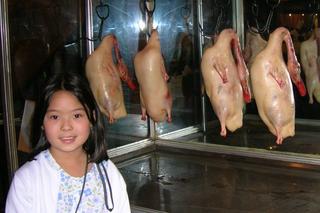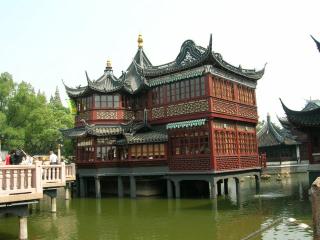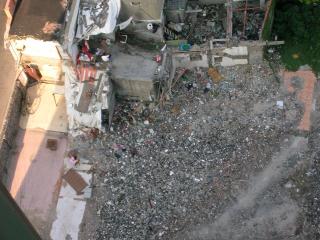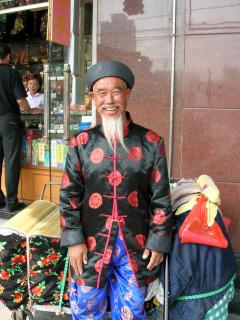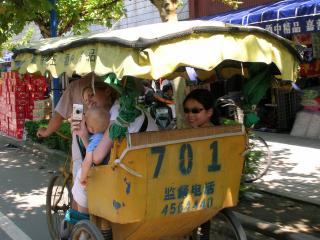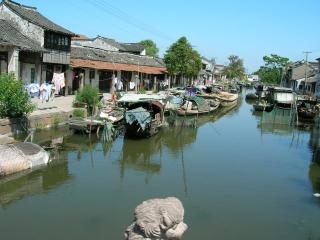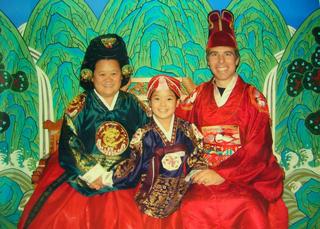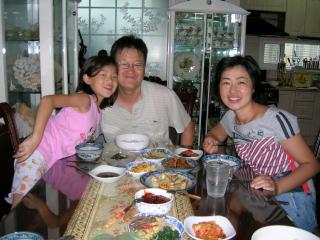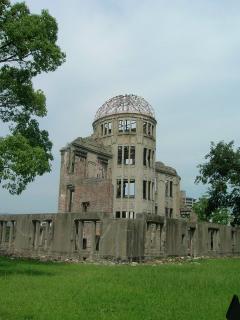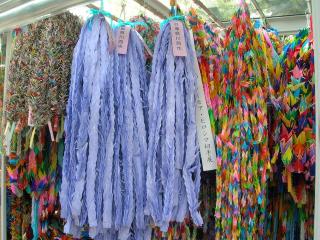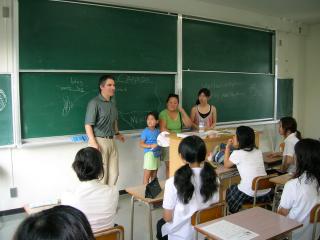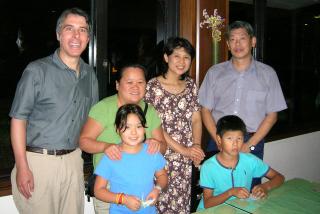Beijing China: Ka-ching in Communist China!
One of our destinations was the Lama Temple, Yong He Gong, the largest Tibetan temple in Beijing. Before we get too “templed out” and start viewing all the temples in Asia as the Temple of Doom, we thought we’d try to see this one, when we still appreciate the awesome architecture and beauty. While I’ll save any political commentary for after we get out of China, take note that it is a beautiful place, made even more special by seeing the monks chanting their ancient scripts and the clouds of incense wafting past.
After visiting the temple we took a stroll in hutong. A hutong is a traditional Chinese neighborhood, usually a set of buildings built around a courtyard which interconnect with other buildings and courtyards. Some of these must date to before the Forbidden City was built because these places look ancient. Many are being razed down at an alarming rate due to modernization, which is sad because they are a living record of historical China. I’ve read that many Chinese don’t mind, since they would rather live in something that had central heat, air conditioning and decent plumbing (in many you have to walk down the block to use the public toilet), but it seems sad that there could be a day when hutongs no longer exist.

We’ve been good consumers here in China and have taken the Party’s command to go out and shop to heart. We’ve shopped the Panjiayuan Market (aka the dirt market) where vendors set up their wares every weekend, selling to 50,000 visitors a day. Amazing things can be bought there: cultural revolution memorabilia, large stone Buddhas, jewelry, reproduction Ming dynasty furniture, ceramics, posters and traditional handiwork, mass produced in China and often sold for ridiculously low prices. Andy gets into the swing of bargaining and can get some good prices on things. I tend to be a lot less aggressive and don’t want to dicker over what ends up in the end being about 50 cents, but after being in China for a couple of weeks, even I cringe when someone tries to offer me a t-shirt for 110 yuan ($14), knowing that I could get it for 8 ($1).

Andy had been saying that he needed to get a haircut, and we saw the perfect opportunity the other day. While I had visions of him contracting hepatitis B, tetanus, or—god forbid—AIDS should he get nicked with one of the barber’s blades, Andy calmly sat in the chair and came away relatively unscathed with a stylish haircut that cost him $2.50.

Yesterday we climbed around on the Great Wall (GW). It’s kind of a no-brainer to make the decision to climb the wall; after all, we’ve come all the way to China, and we could hear the chorus now: “You didn’t go to the Great Wall of China?” But getting there proved a bit more challenging. There are a few ways of getting to the Great Wall, which is an hour or two (depending upon which way you go) out of Beijing. The more traditional and easy route is to sign up with a bus tour, or go with the tour group you’re seeing China with, and go to Badaling. From what we’ve heard, Badaling is a the place to go if you want to see the Great Wall along with a million or so other tourists as you wind through the souvenir stalls, trip over guard rails and get pushed along with the crowd through the towers.
Another way you can see the GW is to hire your own private taxi, negotiate a price (we’ve heard that 400-500 yuan is fair) and go with your own agenda. A good idea, but seeing that we’ve yet to meet a taxi driver who spoke enough English to enter a negotiation, let alone a cab comfortable enough to travel an hour and a half with, and you get the picture: it wasn’t happening for us.
Here’s the Werking Wells way to see the GW. First, chose another section to visit. We chose, upon Andrea’s recommendation, to go to Mutianyu, which is about 2.5 hours outside of Beijing. Andy got on the internet and after spending a couple hours reading about possible ways to get there, found a company called etours.cn and was able to get us a minivan tour with a guide for 190 yuan a piece. We shared the bus with our tour guide “Robin” and a British couple, Irene and Stuart, who all proved most agreeable companions. The wall was amazing. There were many towers to explore, and we could see the wall snaking off into the mountains.
 The most amazing thing about our visit to the GW was that there were sections where we were the ONLY people there. We explored for a couple of hours and then took the alpine slide (which is a lot like one we took in Colorado, minus the seat belts and other safety features) down the hill and met up with the others for our trip back to town. We thought the best way we could end the day was getting a foot massage, and after I called to make an appointment for Andy and me to get one, we heard a small tap on our door and two masseurs came into our room and gave us each a 45 minute foot massage. Total cost $6 for each!
The most amazing thing about our visit to the GW was that there were sections where we were the ONLY people there. We explored for a couple of hours and then took the alpine slide (which is a lot like one we took in Colorado, minus the seat belts and other safety features) down the hill and met up with the others for our trip back to town. We thought the best way we could end the day was getting a foot massage, and after I called to make an appointment for Andy and me to get one, we heard a small tap on our door and two masseurs came into our room and gave us each a 45 minute foot massage. Total cost $6 for each!

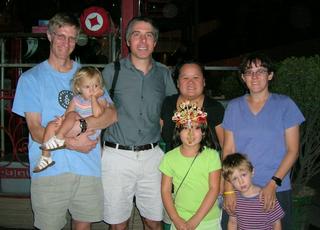

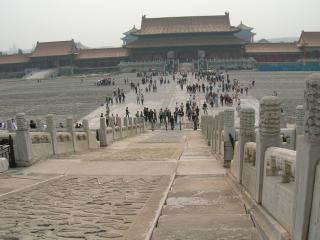 The Forbidden City was built a few years before Columbus stumbled on the shores of America (1430) and was the exclusive conclave of a number of emperors. It boasts 800 buildings, over 9000 rooms and is the imperial heart of historic China. I told Dylan we were going to visit all 9000 rooms, which for some reason she didn’t think was funny. All in all very impressive, huge and a “must see” in China.
The Forbidden City was built a few years before Columbus stumbled on the shores of America (1430) and was the exclusive conclave of a number of emperors. It boasts 800 buildings, over 9000 rooms and is the imperial heart of historic China. I told Dylan we were going to visit all 9000 rooms, which for some reason she didn’t think was funny. All in all very impressive, huge and a “must see” in China. 

